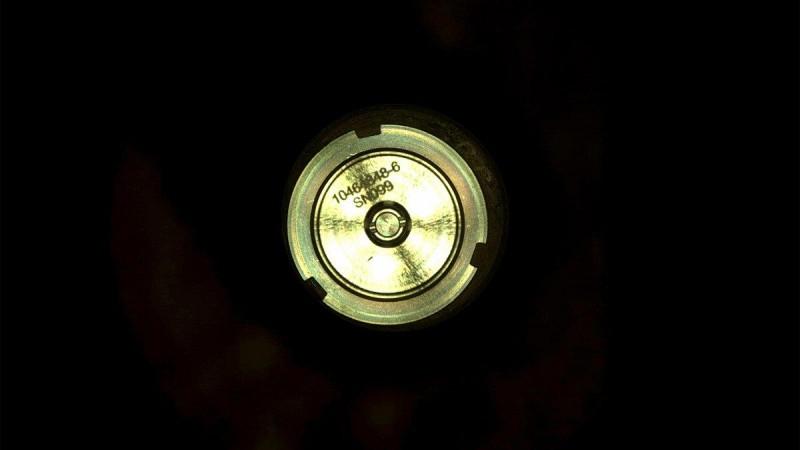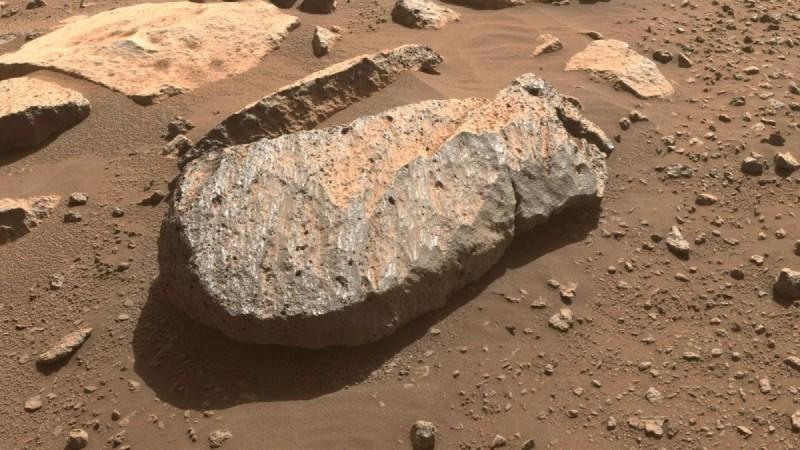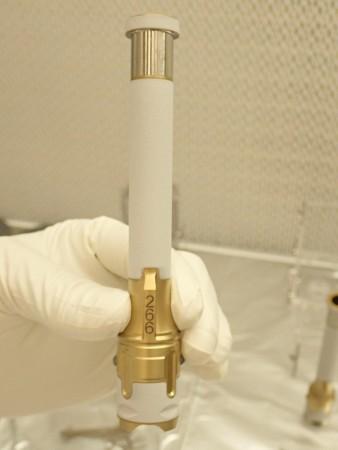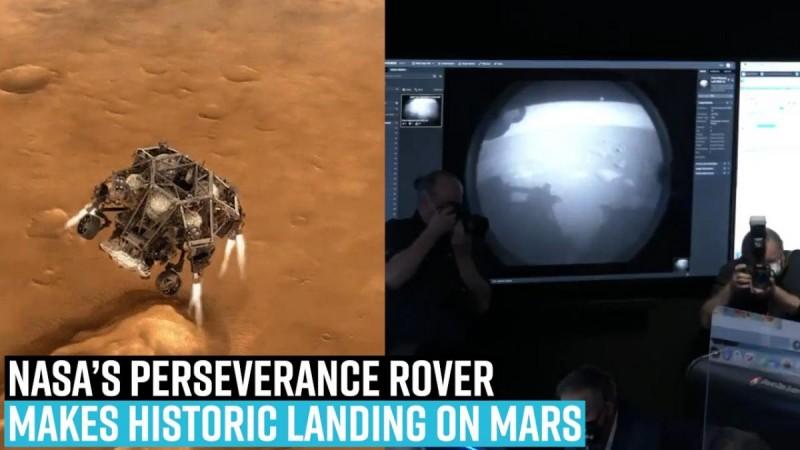NASA's Perseverance rover Monday successfully collected the first sample of Martian rock, a core from Jezero Crater, a historic milestone in Mars exploration since 2008, confirmed mission controllers at NASA's Jet Propulsion Laboratory (JPL) in Southern California.
Since previous NASA missions on Mars have encountered unexpected rock and regolith properties during sample collection, the new success comes as a great achievement for NASA scientists. Though the 2008 Phoenix mission sampled soil that was "sticky", it turned out to be difficult to move into onboard science instruments. The next Curiosity rover has drilled into rocks but the rock was harder and more brittle than expected, making it difficult to collect the samples.
In August 2021, the heat probe on the InSight lander of the latest Mars mission was unable to penetrate the Martian surface as planned, pushing the mission harder to collect samples. Finally, Monday's success has made the ground control mission upbeat as the rover's arm was able to collect the sample into one of its titanium tubes.
Now that the sample is collected, the nest phase of its retrieval remains the major task but we have to wait until 2028 when the retrieval mission undertakes this task to bring them back to Earth. A separate orbiting spacecraft by ESA is likely to be launched from Earth in 2026 to make a rendezvous with the sample return container on Mars to be made ready by NASA's orbiter and ferry them back to Earth expectedly by 2028.

The second sample-taking process began on Wednesday, Sept. 1, 2021, when the rotary-percussive drill at the end of Perseverance's robotic arm cored into a flat, briefcase-size Mars rock nicknamed "Rochette." After completing the coring process, the arm maneuvered to get the sample tube which was filmed by rover's Mastcam-Z camera.
The still-unsealed tube with collected rock samples will seait and wait for transmit them back to Earth. The mission controllers confirmed the cored rock's presence in the tube, unlike the earlier failed bid a month ago.

On Monday, at 12:34 a.m. EDT, Perseverance transferred sample tube serial number 266 and its Martian cargo into the rover's interior to measure and image the rock core. It then hermetically sealed the container, took another image, and stored the tube, informed NASA's JPL mission.
Mars Sample Return campaign
The core is now enclosed in an airtight titanium sample tube, which will be retrieved by the Mars Sample Return campaign that is being planned jointly by NASA and ESA (European Space Agency) in 2028. A decade from now, these samples would be the first set of scientifically identified and selected materials returned to our planet from another distant planet.

"NASA has a history of setting ambitious goals and then accomplishing them, reflecting our nation's commitment to discovery and innovation," said NASA Administrator Bill Nelson.
Along with identifying and collecting samples of rock and regolith (broken rock and dust), searching for signs of ancient microscopic life on Mars, Perseverance's mission will also study the Jezero region's geology and ancient habitability to see whether life was there on Mars or not. In addition, the mission will also keep analyzing its past climate.
Similar to Moon samples
Thomas Zurbuchen, associate administrator for science at NASA Headquarters in Washington DC said, "Just as the Apollo Moon missions demonstrated the enduring scientific value of returning samples from other worlds for analysis here on our planet, we will be doing the same with the samples Perseverance collects as part of our Mars Sample Return program."
He said once teh samples are brought to earth, there will be jaw-dropping discoveries across a broad set of science areas, including whether life once existed on Mars. "With over 3,000 parts, the Sampling and Caching System is the most complex mechanism ever sent into space," noted Larry D. James, interim director of JPL.

The rover's foray on Mars surface spans hundreds of sols (Martian days) and it will be complete when Perseverance returns to its landing site. It means Perseverance will have traveled between 1.6 and 3.1 miles (2.5 and 5 kilometers) and may have filled as many as eight of its 43 sample tubes by then.
After that, Perseverance will travel north, then west, toward the location of its second science campaign: Jezero Crater's delta region, the fan-shaped spot where an ancient river met a lake within the crater and believed to be rich in clay minerals. Since such minerals on Earth can preserve fossilized signs of ancient microscopic life, it provides insights into biological processes on Mars.
Subsequent NASA and ESA joint missions would send spacecraft to Mars to collect these sealed samples and bring them to Earth for in-depth analysis.
The Mars 2020 Perseverance mission is part of NASA's Moon to Mars exploration approach, which includes Artemis missions to the Moon, in preparation for the first human exploration mission to the Red Planet. JPL is managing operations of the Perseverance rover.

















